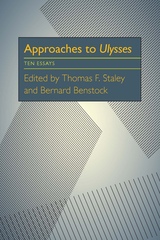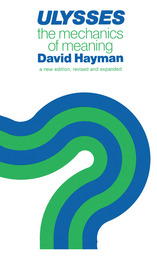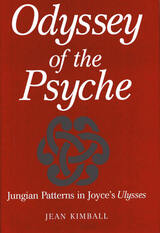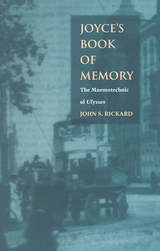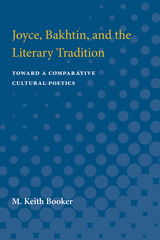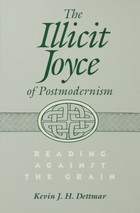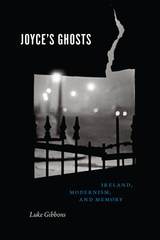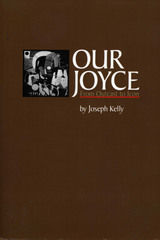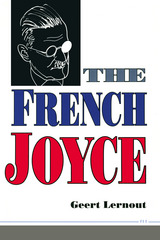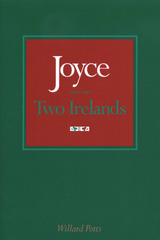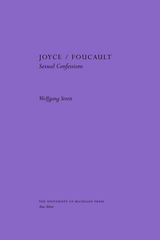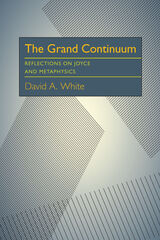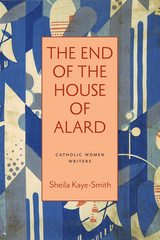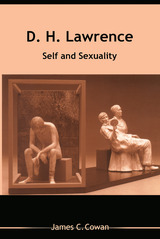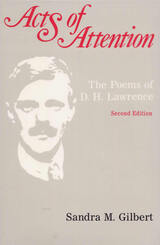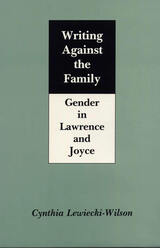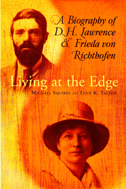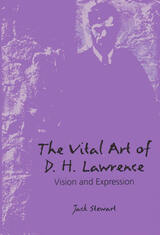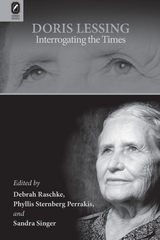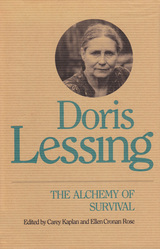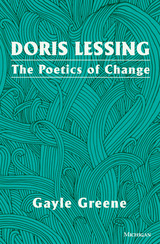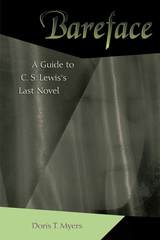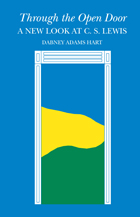Joyce, Chaos, and Complexity
University of Illinois Press, 1997
Cloth: 978-0-252-02279-1 | Paper: 978-0-252-06583-5
Library of Congress Classification PR6019.O9Z78455 1997
Dewey Decimal Classification 823.912
Cloth: 978-0-252-02279-1 | Paper: 978-0-252-06583-5
Library of Congress Classification PR6019.O9Z78455 1997
Dewey Decimal Classification 823.912
ABOUT THIS BOOK
ABOUT THIS BOOK
Thomas Rice compellingly argues that James Joyce's work resists postmodernist approaches of ambiguity: Joyce never abandoned his conviction that reality exists, regardless of the human ability to represent it.
Placing Joyce in his cultural context, Rice first traces the influence of Euclidean and non-Euclidean geometries on Dubliners and A Portrait of the Artist as a Young Man. He then demonstrates that, when later innovations in science transformed entire worldviews, Joyce recognized conventional literary modes of representation as offering only arbitrary constructions of this reality. Joyce responded in Ulysses by experimenting with perspective, embedding design, and affirming the existence of reality. Rice contends that Ulysses presages the multiple tensions of chaos theory; likewise, chaos theory can serve as a model for understanding Ulysses. In Finnegans Wake Joyce consummates his vision and anticipates the theories of complexity science through a dynamic approximation of reality.
Placing Joyce in his cultural context, Rice first traces the influence of Euclidean and non-Euclidean geometries on Dubliners and A Portrait of the Artist as a Young Man. He then demonstrates that, when later innovations in science transformed entire worldviews, Joyce recognized conventional literary modes of representation as offering only arbitrary constructions of this reality. Joyce responded in Ulysses by experimenting with perspective, embedding design, and affirming the existence of reality. Rice contends that Ulysses presages the multiple tensions of chaos theory; likewise, chaos theory can serve as a model for understanding Ulysses. In Finnegans Wake Joyce consummates his vision and anticipates the theories of complexity science through a dynamic approximation of reality.
See other books on: 1882-1941 | Ireland | Joyce, James | Literature and science | Postmodernism (Literature)
See other titles from University of Illinois Press

